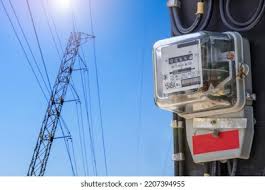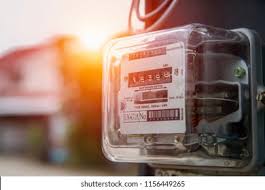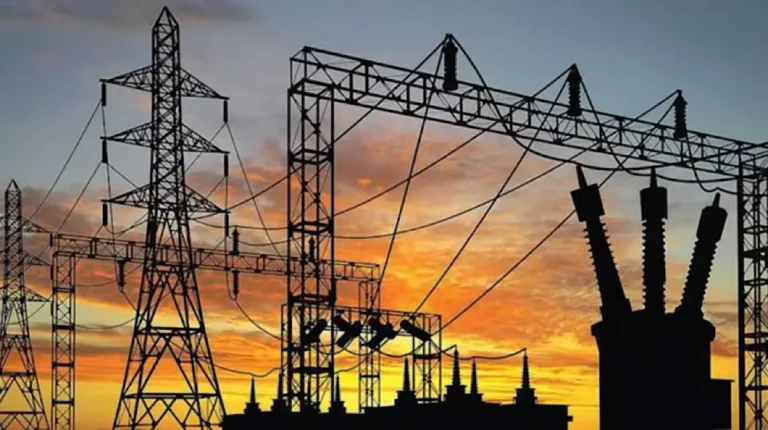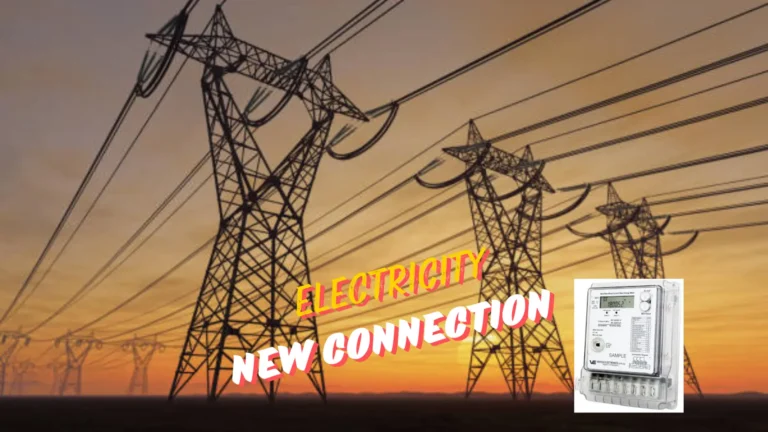Check New Electricity Bill Rules: How the ASD is Calculated (What You Need to Know About Security Money)
In a recent development, the Electricity Department has rolled out a new electricity bill rules that affects how security money is collected from us, the consumers. If you’ve ever wondered how this will impact your monthly electricity bill, you’re not alone. Let’s dive into what this means for you and how it might change the way you manage your electricity payments.


Understanding the Security Deposit
The first thing you need to know is that the security deposit is essentially a safety net for the Energy Corporation. It’s determined based on how much electricity you use each month. If, for any reason, you don’t pay your electricity bill, this deposit is already with the Energy Corporation as a safeguard. But don’t worry—if you decide to close your connection, the entire security amount is refunded to you, along with interest. That’s right, your money doesn’t just disappear.
Why This Change Matters : New Electricity Bill Rules
Previously, this Additional Security Deposit (ASD) was something we only had to think about once a year, usually when it was least convenient. The ASD was collected in one big lump sum, which could really hit your wallet hard, especially if your electricity usage had been higher than expected. Now, the game has changed.
Starting from the financial year 2024-25, the Energy Corporation will be recovering this security deposit in smaller, more manageable installments added to your monthly bill. This change might seem like a small tweak, but it’s designed to make it easier for us to manage our finances without that annual shock.
The Impact on Your Monthly Bill
So, what does this mean for your monthly bill? Simply put, you’ll see a small portion of the ASD added each month. This started with the April bill, and while it’s supposed to make things easier, I know many of us are still confused about how it works. Let me break it down.
How the ASD is Calculated
The ASD is calculated based on your annual electricity consumption. When you first take a new connection, neither you nor the Energy Corporation knows exactly how much electricity you’ll end up using. That’s why the initial security deposit is usually quite basic. But as you start using more electricity, the Corporation might ask for an additional security deposit to cover the increased consumption.
What If Your Usage Decreases?
Here’s a piece of good news: if your electricity consumption drops below the amount covered by your security deposit, your bill will actually be reduced. The excess deposit will be applied to your bill, so you’ll pay less. It’s a fair system that adjusts based on your usage.
New Billing Cycle: What to Expect
Now, let’s talk about the billing cycle. Typically, the electricity bill cycle lasts for 30 days. After that, it takes about two to seven days for the bill to be prepared and delivered to you. You’ll usually get seven to 15 days to pay the bill, which means by the time you make the payment, you’ve already used electricity for about 45 days. This is why the ASD is also calculated to cover any excess electricity you might have consumed.
Managing the New System
It’s essential to stay on top of these changes. Keep an eye on your monthly bill and understand how much is being added as part of the ASD. If you’re ever in doubt, don’t hesitate to reach out to your electricity provider for clarification.
Conclusion: Stay Informed, Stay Prepared
These new rules might seem like just another layer of complexity, but they’re designed to protect both you and the Energy Corporation. By spreading the security deposit across your monthly bills, the financial burden is lighter, and the system is more responsive to your actual electricity usage. Stay informed, keep track of your bills, and you’ll be in good shape to handle these changes smoothly. If you are GEPCO User and want to Check your GEPCO Bill Online visit homepage







